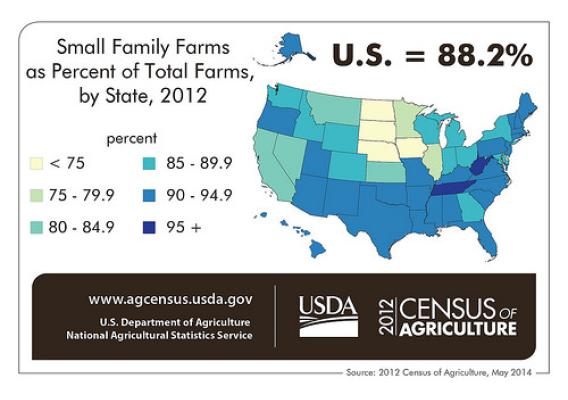The Census of Agriculture is the most complete account of U.S. farms and ranches and the people who operate them. Every Thursday USDA’s National Agricultural Statistics Service will highlight new Census data and the power of the information to shape the future of American agriculture.
When people think of Nevada, most imagine Las Vegas with its casinos and other entertainment venues, or a vast expanse of dry land. Few imagine a dynamic agricultural sector fueled by farming and ranching. In reality, however, Nevada had one of the fastest growing agriculture sectors in the nation according to the 2012 Census of Agriculture.
In 2012, Nevada’s producers sold more than $764 million worth of agricultural products, a whopping 49 percent increase since the 2007 Census. All of these products were grown and raised on Nevada’s 4,137 farms and ranches. Since 2007, the number of our farms has grown 32 percent. Nevada also boasts some of the largest agricultural operations in the nation. According to the 2012 Census, an average size of a Nevada farm or ranch was 1,429 acres. Only three states, Wyoming, Montana, and New Mexico average larger farm sizes than Nevada.








